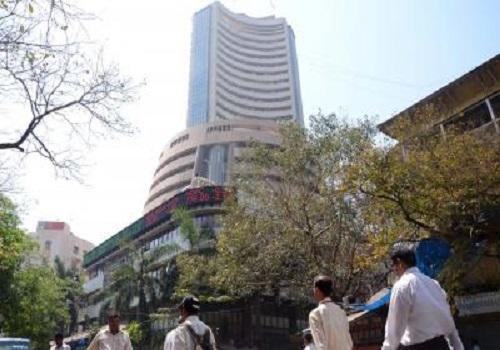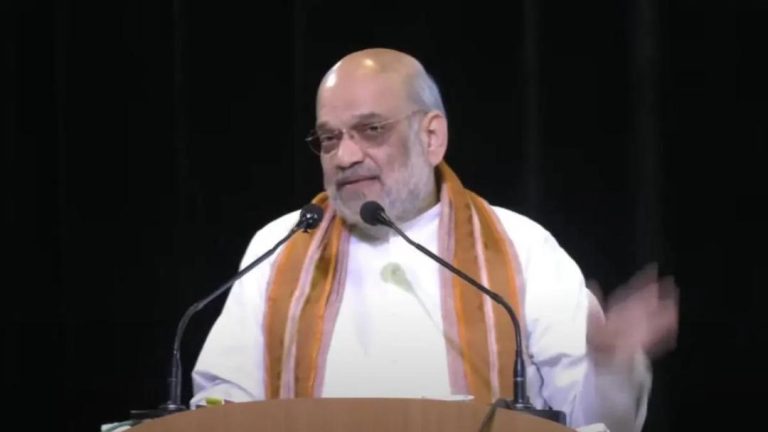
Market Recovery Driven by Positive Global & Domestic Cues: Experts
After three consecutive weeks of losses, the Indian stock market made a strong comeback, closing the week with gains of nearly 2 per cent. The sudden turnaround in the market’s fortunes has left many investors and analysts wondering what triggered this sudden shift. According to market watchers, the global sentiment improved following reports of a delay in US tariffs and the possibility of further negotiations, which helped stabilize financial markets. Meanwhile, on the domestic front, the Reserve Bank of India’s (RBI) decision to keep interest rates unchanged and the government’s efforts to boost economic growth also contributed to the market’s recovery.
The Indian stock market, which had been facing headwinds due to concerns over the escalating US-China trade war and the impact of high crude oil prices on the economy, finally found some relief last week. The S&P BSE Sensex and Nifty50 indices closed the week with gains of 1.95 per cent and 2.06 per cent, respectively. This marked a significant shift from the previous week, when the indices had fallen by 2.5 per cent and 2.7 per cent, respectively.
Among the key drivers of the market’s recovery, experts point to the improved global sentiment as a major factor. The delayed implementation of US tariffs on Chinese goods and the possibility of further negotiations between the two nations helped stabilize financial markets. This, in turn, boosted investor confidence and led to a surge in stock prices. “The global market had been under pressure due to the US-China trade war, but the recent developments have provided some relief,” said a leading market analyst. “The delay in tariffs and the possibility of further negotiations have led to a stabilizing of financial markets, which has had a positive impact on the Indian market.”
In addition to the global sentiment, domestic cues also played a crucial role in the market’s recovery. The RBI’s decision to keep interest rates unchanged was seen as a positive development, as it helped maintain the momentum of economic growth. The central bank’s decision was in line with expectations, and it was seen as a nod to the government’s efforts to boost economic growth. “The RBI’s decision to keep interest rates unchanged was a positive surprise, as it indicates that the central bank is confident about the economy’s growth prospects,” said a leading economist. “This has had a positive impact on the market, as it has helped maintain the momentum of economic growth.”
The government’s efforts to boost economic growth also contributed to the market’s recovery. The government has been working to stimulate the economy through a combination of fiscal and monetary measures. These measures, including the reduction of corporate tax rates and the increase in the allocation for infrastructure development, are expected to boost economic growth and create jobs. “The government’s efforts to boost economic growth are starting to bear fruit, and this has had a positive impact on the market,” said a leading market expert. “The reduction in corporate tax rates and the increase in the allocation for infrastructure development are expected to boost economic growth and create jobs, which is positive for the market.”
Another factor that contributed to the market’s recovery was the improvement in investor sentiment. Investor sentiment had been weak in the previous week, due to concerns over the escalating US-China trade war and the impact of high crude oil prices on the economy. However, the recent developments have provided some relief, and investor sentiment has improved significantly. “Investor sentiment had been weak in the previous week, but the recent developments have provided some relief,” said a leading market analyst. “The improvement in global sentiment and the government’s efforts to boost economic growth have helped improve investor sentiment, which has had a positive impact on the market.”
In conclusion, the Indian stock market’s recovery last week was driven by a combination of positive global and domestic cues. The improved global sentiment, following reports of a delay in US tariffs and the possibility of further negotiations, helped stabilize financial markets. Meanwhile, on the domestic front, the RBI’s decision to keep interest rates unchanged and the government’s efforts to boost economic growth also contributed to the market’s recovery. As the market continues to navigate the challenges posed by the US-China trade war and the impact of high crude oil prices on the economy, investors and analysts will be closely watching the developments in the global and domestic markets.






